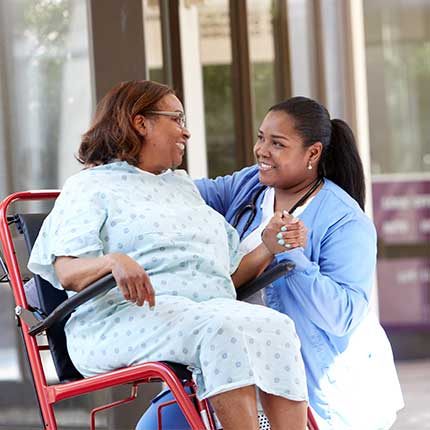Healthy Living: Emergency
What Is Dry Drowning?
Drowning is the third leading cause of unintentional death worldwide, making it a major public health problem according to the World Health Organization (WHO). Although images of pools come into mind when we think of drowning, a person can drown while drinking, when liquid is inhaled or when splashed with liquid.
The term "dry drowning" was once used to refer to very rare cases when a person dies from difficulty breathing days after being submerged in water.
With so-called dry drowning, water is inhaled through the nose and mouth causing the vocal cords to spasm and shut, preventing air from entering the lungs. It is called "dry drowning" because the victim's lungs do not have water in them.
Secondary drowning or delayed drowning is another term people use when water builds up in the lungs, where it can irritate its lining, causing edema or swelling. It occurs more rapidly after immersion in fresh water.
While dry drowning sets in less than an hour after a person inhales water, secondary drowning can happen up to 48 hours after a water accident.
Most medical authorities and organization now discourage the use of these terms. The preferred term is simply “drowning.”
Sources:
World Health Organization
National Institutes of Health
American Red Cross
Medical News Today
Healthline
The term "dry drowning" was once used to refer to very rare cases when a person dies from difficulty breathing days after being submerged in water.
Dry Drowning vs. Secondary Drowning
Both dry drowning and secondary drowning are nonmedical terms used to refer to acute lung injury resulting from underwater accidents.With so-called dry drowning, water is inhaled through the nose and mouth causing the vocal cords to spasm and shut, preventing air from entering the lungs. It is called "dry drowning" because the victim's lungs do not have water in them.
Secondary drowning or delayed drowning is another term people use when water builds up in the lungs, where it can irritate its lining, causing edema or swelling. It occurs more rapidly after immersion in fresh water.
While dry drowning sets in less than an hour after a person inhales water, secondary drowning can happen up to 48 hours after a water accident.
Most medical authorities and organization now discourage the use of these terms. The preferred term is simply “drowning.”
When to Seek Medical Attention for Dry Drowning
Irritability, unusual behavior, or poor energy levels may set in following a water accident. This could mean the brain is not getting enough oxygen. Other symptoms to watch out for include:- Uncontrollable or continuous coughing
- Wheezing
- Light-headedness or dizziness
- Sleepiness
- Confusion
- Fast or hard breathing
- Abnormal breathing patterns
- Trouble breathing
- Foam at the nose or mouth
How to Prevent Dry Drowning
There are many ways to prevent water accidents. The American Red Cross recommends the following safety tips to reduce dry drowning:- Ensure every member of your family learns to swim.
- Wear layers of protection, such as a life jacket, especially in large bodies of water and while boating.
- Provide close and constant attention to children you are supervising in or near water.
- Always swim in an area with a lifeguard.
- Know what to do in a water emergency, such as basic first aid skills and CPR.
- Males have about twice the risk of drowning than females, according to the WHO due to riskier behavior, such as drinking alcohol near or in the water. If you have been drinking, avoid engaging in any water-related activities for your safety.
Sources:
World Health Organization
National Institutes of Health
American Red Cross
Medical News Today
Healthline
Emergency Room Online Check-in
When it comes to Emergency Care, The Hospitals of Providence has our region covered with convenient locations throughout the El Paso area. Choose the location nearest you and check in online.
Sign Up for Health Tips
Learn about upcoming events and health topics such as weight, pain, heart and more.


